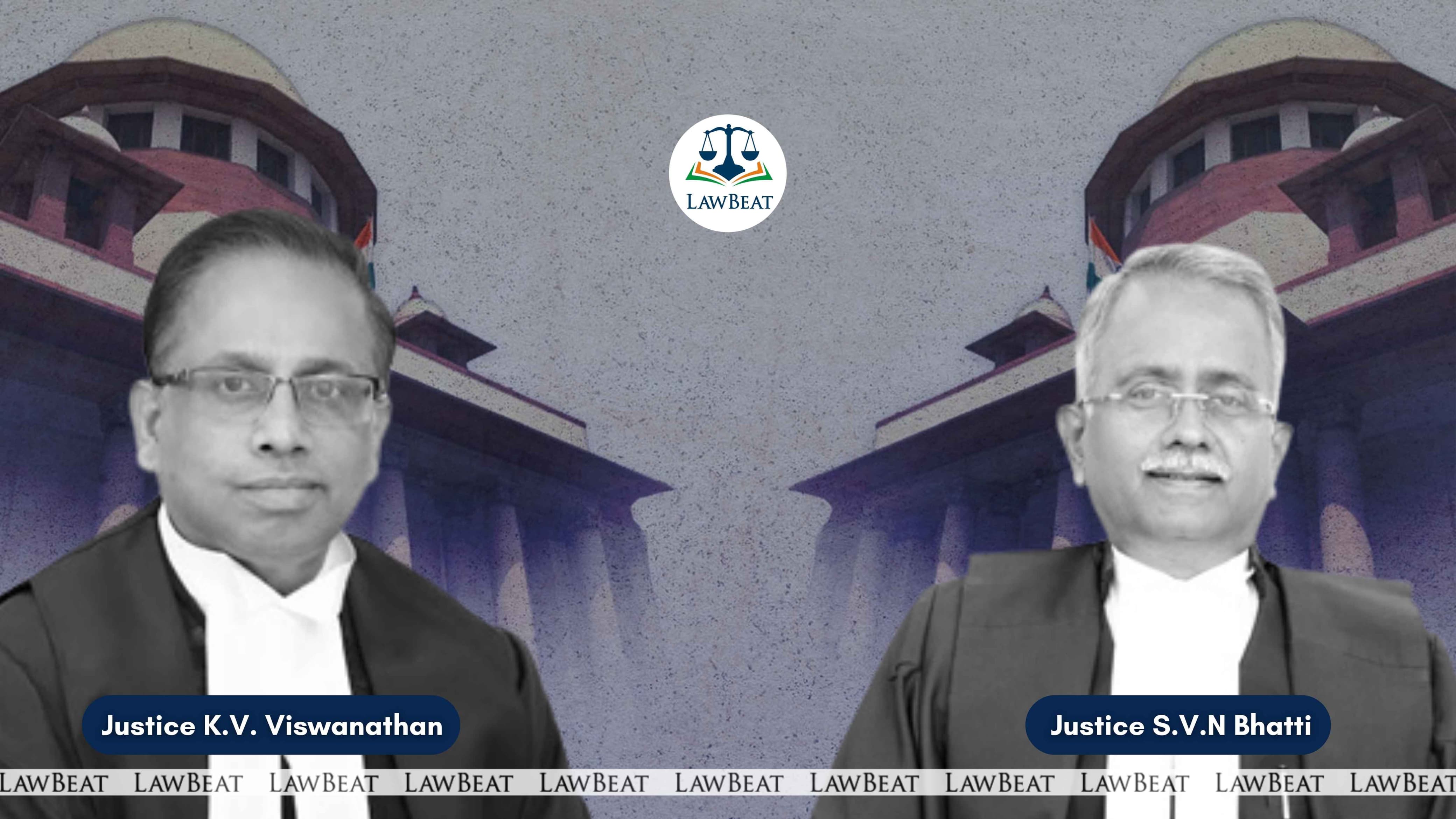'Employability of Head Injury Victims Must Be Considered,' SC Raises Compensation In Accident Case

Court held that while the high court may have been right in not applying the multiplier abstractly, fixing Rs 3,000 per percentage as loss of future income was unsustainable due to lack of reasoning
The Supreme Court has revised the compensation awarded by the high court to a man who suffered head injuries after being hit by a rashly driven autorickshaw in 2011, emphasizing that the impact of serious injuries on employability should have been duly considered.
A bench of Justices K V Vishwanathan and S V N Bhatti directed the insurance company to pay Rs 12,09,017 with interest at the rate of 7.5% per annum from the date of the claim petition till the date of payment.
The appellant died on January 14, 2024, so the appeal was pursued by his legal representatives.
On October 10, 2011, the man and his wife were returning from the market and, as pedestrians, were walking on the left side of the road towards the southern direction from Mekkamandapam to Azhahiamandapam. The appellant was hit by the autorickshaw, driven in a rash and negligent manner, resulting in grievous injuries to him. The Motor Accident Claims Tribunal awarded him Rs 21.35 lakh as compensation.
On appeal by the insurance company, the Madras High Court took note of the oral evidence and the extent of disability the first appellant suffered in the accident. It said that the first appellant failed to establish that he had a loss of memory and was suffering from defective hearing, etc. The high court redetermined the total compensation as Rs 6,69,017.
The high court held that the multiplier to arrive at a loss of future income could not be applied to the case on hand. It recorded a finding that it would be appropriate to award Rs 3,000 per percentage and thus awarded Rs 2,10,000 towards loss of income since the claimant suffered 70% disability. It enhanced the compensation under the “pain and suffering” head from Rs 25,000 to Rs 50,000 and retained the compensation granted under other heads.
The appellant's counsel submitted he suffered serious head injuries in the accident, viz temporal bone fracture, parietal bone fracture, and clavicle (collarbone) fracture. Considering the nature of the self-employment of the first appellant as a mason, the determination of loss of income of the first appellant was illegal and erroneous. The grievous injuries were not disputed; however, percentage of disability was contested by the insurer. The high court fell in a serious error by not following the Constitution bench judgment in National Insurance Company Limited Vs Pranay Sethi and others (2017).
The counsel for the insurance company submitted that the disability suffered by the first appellant on account of the accident was not established by placing on record the certificate by the competent authority.
The apex court examined the issue as whether the appellant was entitled to compensation towards loss of income or not, and if so, to what extent.
At the outset, the bench noted the high court had recorded that the counsel for the appellant had withdrawn from the case on June 28, 2021.
"The circumstances not noted by the impugned judgment is that the element of prejudice suffered by the first appellant for want of proper representation on his behalf cannot be lost sight of by this court. In other words, the appeals have been disposed of without due representation on behalf of the first appellant," the bench said.
The bench pointed out that one of the options was to remit the matters to the high court for fresh disposal but as the first appellant was no more, and it was a matter of determination that the award of Rs 2,10,000 towards loss of income to the first appellant was commensurate to the admitted disability suffered by the first appellant.
"From the nature of the head injuries, it cannot be held that the first appellant would have returned to complete normalcy and is entitled to loss of income only at Rs 100 per day. The observation of the Tribunal, which had the advantage of appreciating the witnesses, including the claimant, noted that the appellant continued to suffer from disability such as memory loss, defective speech, etc," the bench noted.
The tribunal had concluded that the first appellant was earning Rs 450 per day, then applied the multiplier for 70% disability loss.
"This approach, having regard to the view taken in the National Insurance Company Limited case, needs interference. To that extent, the High Court may be right in not applying multiplier in an abstract manner. Simultaneously, determining Rs 3,000 per percentage as a loss of future income is unsustainable. There is no discussion for arriving at Rs 3,000 per percentage," the bench said.
"The first appellant established his avocation as a mason. The employability of a person with serious head injuries is a circumstance which ought to have been kept in the perspective for determining the loss of income of the first appellant," the bench said.
By taking note of the admitted circumstances, the age of the first appellant, even assuming as 50 years, as contended by the insurance company, the compensation for loss of income and also loss for future earnings can be determined at Rs 7,50,000, the bench held.
"We are of the view that a reasonable lumpsum compensation towards the admissible heads i.e., ‘loss of earning capacity’ has been considered and awarded," the court said.
The bench also took note of the fact that the first appellant died during the pendency of civil appeals, and considered the notional calculation of loss of income as per the principles accordingly.
Case Title: T. Rajamoni vs. The Manager, Oriental Insurance Company Limited and Ors
